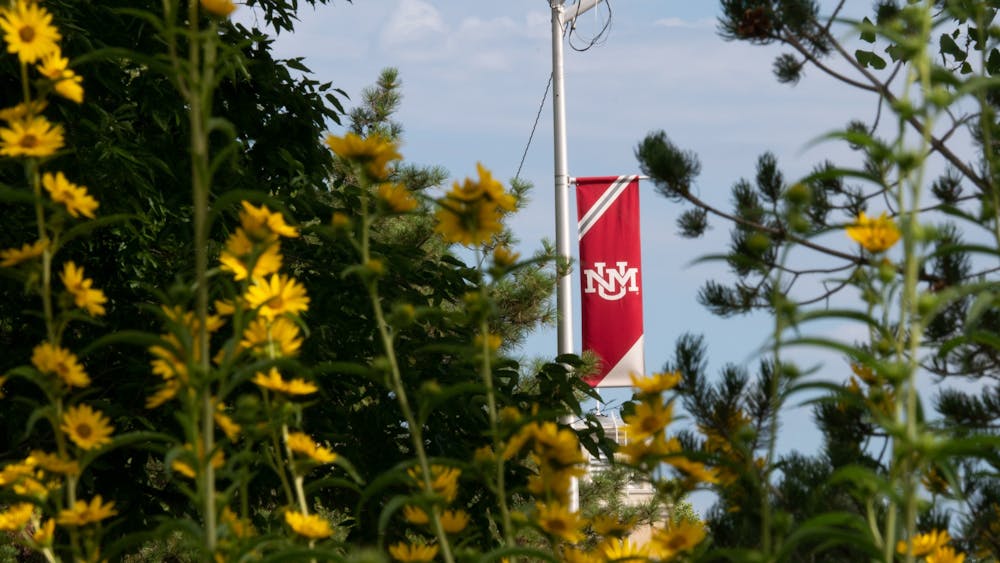While the last year and a half of the COVID-19 pandemic has been marked with extreme tragedy and isolation, a silver lining was realized as people turned to the outdoors as a refuge from the stress of the pandemic. At the same time, some are worried about the impact this influx of people outdoors will have on the environment.
Haley Myler, a fourth-year student studying music at the University of New Mexico, said spending time outdoors has provided a healing space from the COVID-19 pandemic, especially since she lived alone for the first year of the pandemic.
“Being able to get away from school and my computer (by going outdoors) was honestly the best thing I could have done for myself … And it was also just nice getting away from all the terrible news that was happening at the time,” Myler said.
Myler said that going on hikes around New Mexico, spending time in bodies of water and even spending time with nature on UNM’s campus provided a respite from the pandemic.
Charles Gwinn, the outdoor recreation coordinator for UNM’s Outdoor Adventure Center, said that he has seen an uptick in the amount of students interested in spending time outdoors during the pandemic due to an increased amount of free time.
A study done by the Outdoor Industry Association found that due to COVID-19 restrictions, “more Americans have turned to the outdoors, some for the first time and others for the first time in many years.” The study also showed that newer participants in outdoor activities are younger, have a lower income, are more diverse and are more likely to be female.
Although levels of outdoor activity are up, Gwinn said planning larger trips is difficult because although outdoor activities are a low-risk activity for COVID-19, transportation to and from these activities is not. Gwinn said this leads to many individuals “getting into the outdoors on their own.”
Kyle Gonterman, a biology major at UNM who plans to go to graduate school for conservation biology, said his time outdoors increased during the pandemic, mainly due to the fact that outdoor activities are more COVID-safe than indoor activities.
Gonterman spent his summer working for Natural Heritage New Mexico, an ecology database initiative out of the Museum of Southwestern Biology at UNM, collecting environmental data, which meant spending 40-50 hours per week outdoors. Through his work, he travelled across New Mexico and observed an increase of people recreating in the outdoors.
Gonterman said this increase in wilderness traffic “is a good and bad thing.” Although it’s nice that more people are able to spend time outdoors, he said, “many recreators trample wildlife and harm natural resources.”
Gwinn, who is also the New Mexico Leave No Trace advocate, also expressed concerns about the increase of people outdoors. Although he said going outdoors is a rewarding and healing experience, this increase in outdoor activities leads to environmental degradation if not done responsibly.
“I think educating yourself on how to recreate responsibly (is important) so that we are good stewards of the land and that we can conserve it for future generations,” Gwinn said.
Get content from The Daily Lobo delivered to your inbox
Zoe Perls is a freelance reporter at the Daily Lobo. She can be contacted at culture@dailylobo.com or on Twitter @zoeperls






